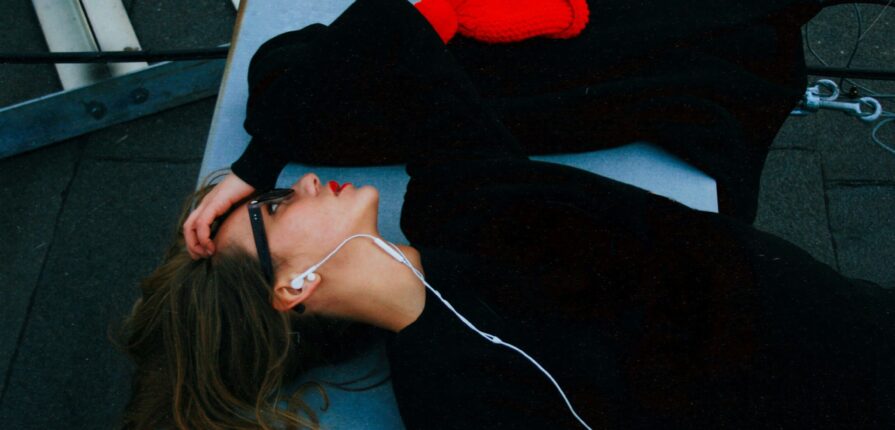Music and fashion have always been two sides of the same coin. They don’t just coexist; they amplify each other, creating powerful cultural movements that define entire generations. When an artist steps on stage, their music speaks to our ears, but their fashion speaks to our eyes.
Together, they create an image, an identity, and often, a revolution. Read more on how music artists shape fashion trends!
Even in the early days of popular music, fashion was part of the performance. Jazz musicians in the 1920s wore sharp suits that symbolized sophistication and coolness, while blues artists often leaned on workwear styles that reflected their roots. Elvis Presley took it further in the 1950s, with his flashy jumpsuits, slick hair, and bold colors that screamed rebellion. He showed the world that music wasn’t just about sound, it was about style.
-Wednesday, October 8
1.David Bowie: The Rule-Breaker
Few artists have blurred the lines between music and fashion like David Bowie. His Ziggy Stardust persona in the 1970s was a visual revolution. Sequins, androgynous makeup, futuristic jumpsuits. Bowie didn’t just create music; he created worlds. His fashion choices challenged gender norms and permitted fans to experiment with self-expression. Bowie proved that clothes could be as revolutionary as a guitar riff.
2.Madonna: Reinvention as Power
In the 1980s, Madonna exploded onto the stage, not only with music but with a style that was impossible to ignore. Fishnet gloves, lace skirts, layered jewelry, and bold makeup made her an instant trendsetter. But Madonna didn’t stop there. She reinvented her image with every album, from the edgy “Like a Virgin” look to the sleek, powerful suits of her Blond Ambition era. Her fashion became a mirror of her music: bold, unapologetic, and constantly evolving.
- Hip-Hop and the Rise of Streetwear
Hip-hop in the ’80s and ’90s introduced one of the most influential fashion movements of all time: streetwear. Run-D.M.C.’s Adidas sneakers, oversized gold chains, and tracksuits made fashion an integral part of hip-hop culture. In the 2000s, artists like Jay-Z, Kanye West, and Pharrell turned streetwear into high fashion, collaborating with brands and even launching their own labels. Today, the line between luxury fashion and hip-hop style is almost invisible, showing how deeply music has shaped the fashion industry.
- Billie Eilish: Redefining Confidence
In today’s era, Billie Eilish has carved her place as both a music and fashion icon. Her oversized clothing and street-inspired style are more than just aesthetics; they’re a statement. By rejecting industry pressures to dress in a certain way, Billie empowers young fans to value comfort, individuality, and authenticity. Her fashion choices are tied directly to her music: raw, honest, and unapologetically her.
Other icons:
- Prince: His purple suits, ruffled shirts, and high heels made him a symbol of flamboyance and freedom.
- Kurt Cobain: The grunge movement of the ’90s wouldn’t exist without Cobain’s ripped jeans, flannels, and thrift-store aesthetic.
- Lady Gaga: Known for pushing boundaries with her outrageous outfits (remember the meat dress?), Gaga used fashion as performance art to complement her daring music.
- Beyoncé: From Destiny’s Child coordinated looks to her haute couture stage outfits, Beyoncé blends power, femininity, and elegance through fashion.
What makes this bond so powerful is that fashion helps communicate what music often can’t say with words. It becomes a visual extension of sound. Punk fashion with leather jackets and spikes reflects rebellion. Country music with cowboy hats and boots reflects tradition. Pop stars with glitter and glamour reflect escapism. Fashion makes music visible.
With the rise of social media, music and fashion influence each other faster than ever. A single music video can spark a global trend overnight. Think of how Beyoncé’s Formation video influenced hairstyles and outfits, or how Harry Styles’ gender-fluid fashion continues to dominate online conversations. Platforms like Instagram and TikTok now act as runways where music-driven fashion trends spread instantly.
If there’s music, there will be fashion tied to it. From stage costumes to music videos to everyday streetwear, the two are inseparable. Artists use fashion not just to look good, but to tell stories, express identity, and inspire fans. Music gives us soundtracks to our lives, and fashion gives us the style to live them out.


